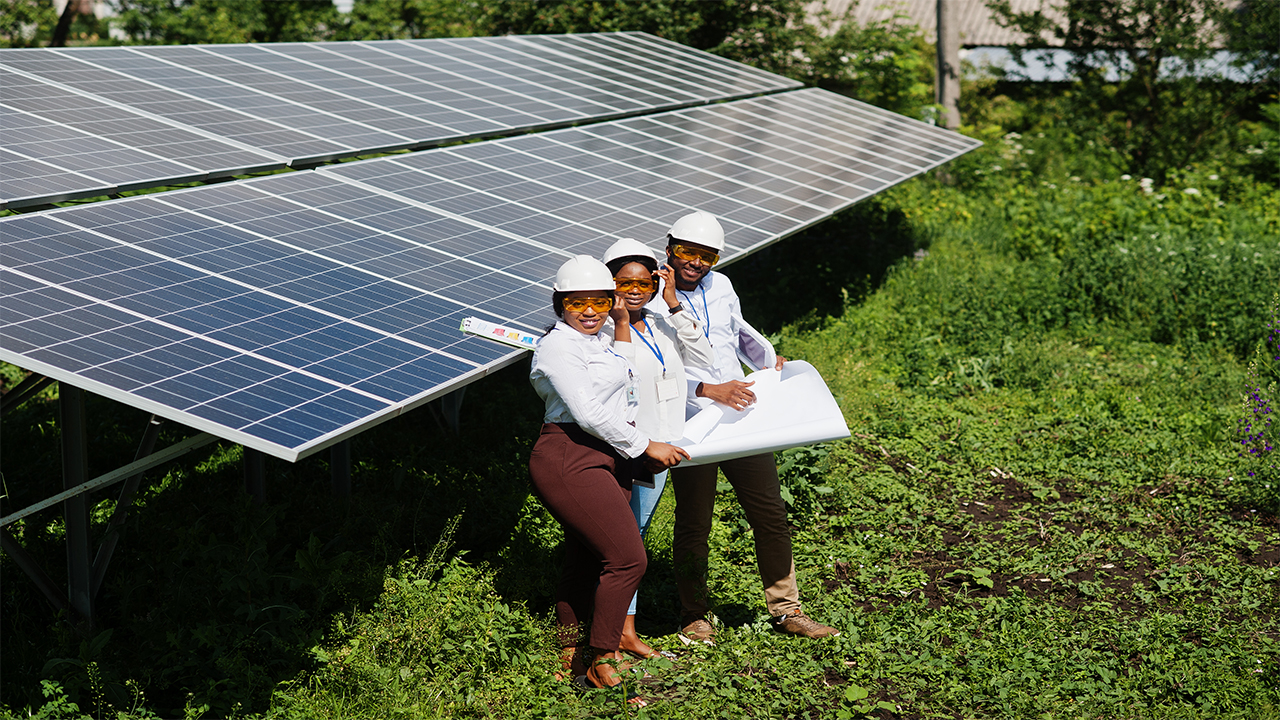According to a new study, by 2030 India’s solar waste could reach 600 kilotons which is almost equal to filling up 720 Olympic-size swimming pools. The study by the Ministry of New and Renewable Energy and independent think tank Council on Energy, Environment, and Water (CEEW) said around 67 percent of this waste will come from five states such as Tamil Nadu, Karnataka, Gujarat, Rajasthan and Andhra Pradesh.
Current installed 66.7 GW capacity (as of FY23) in India has already produced about 100 kilotons’ of waste, and by 2030 it will increase to 340 kilotons. This will contain about 12-18 tons of silver, 16 tons of cadmium and tellurium, and 10 kilotons of silicon. Many of them are critical minerals for India.
To recover these materials, recycling solar waste will lessen import dependency and improve India’s mineral security. The study found that the balance of the 260 kilotons of waste will come from new capacity deployed in this decade, which is from 2024 to 2030.
CEEW said, that by 2050, the solar waste will increase to about 19,000 kilotons 77 percent of which will rise from new capacities, adding this is an opportunity for India to emerge as a leading hub of circular economy for the solar industry and safeguard resilient solar supply chains.
By 2030, India plans to collect around 292 gigawatts of solar capacity, making solar PV waste management crucial for economic environmental, and social reasons.
The study, conducted under Niti Aayog’s Action Plan for Circular Economy – Solar Panels, for the first time, estimates India-specific solar waste generation from many streams, without manufacturing.
This data is crucial for creating data-driven waste management policies. India is already implementing a lot of measures to tackle waste. Last year, the Environment Ministry issued modified E-waste Management Rules 2022 bringing solar photovoltaic cells, panels, and components under its field.
These rules order the producers of solar cells and units to manage their waste under the extended producer responsibility (EPR) framework.
Arunabha Ghosh, CEO, of CEEW, said, India must proactively address solar waste, not just as an environmental imperative but as a planned necessity for safeguarding energy security and building a circular economy. As we can see the extraordinary growth of solar from only 4 GW in March 2015 to 73 GW in December 2023, strong recycling mechanisms become increasingly crucial. They safeguard renewable ecosystems, create green jobs, improve mineral security, foster innovation, and build resilient, circular supply chains.
Neeraj Kuldeep, Senior Programme Lead, CEEW, said that India’s G20 Presidency recognized a circular economy as a thrust area for sustainable development. A circular solar industry and responsible waste management will maximize resource efficiency and make local supply chains resilient. The study provides strong evidence of the opportunity in solar waste management. However, solar recycling technologies and the industry are still nascent and need policy push and support.








